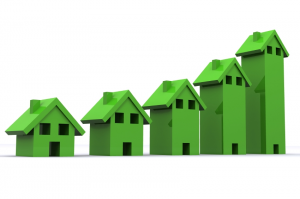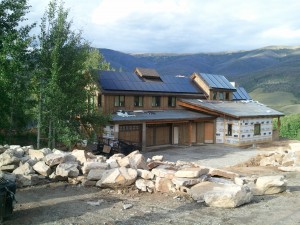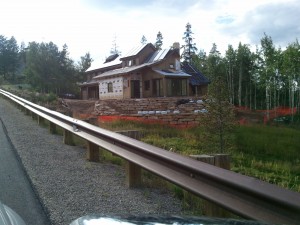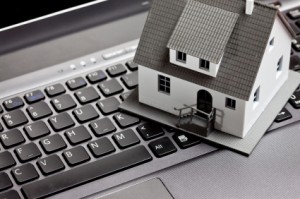 Blog Post From Tim Costello: CEO, Builders Digital Experience
Blog Post From Tim Costello: CEO, Builders Digital Experience
Several weeks ago I found myself visiting Jeff Mezger, the CEO of KB Home in Los Angeles. I have been to their corporate office many times. It is housed in a glorious skyscraper on Wilshire Blvd. with magnificent views in nearly every direction.
Killing time before the meeting, I popped into the men’s room and there hanging on the wall in front of me was the future of green home building: the waterless urinal. Well, perhaps it was not the urinal itself that is the future of green home building but what it stood for.
OK, first I have to admit I am and always have been a huge fan of all things green! I have solar PV on my home, I own a Prius, I have tankless water heaters, my 8th grade science fair project nearly 40 years ago was a scale model of a net zero home. So this kind of stuff excites me.
Now back to those urinals. I had seen them before at trade shows and in high volume stadium settings but never in an office environment and more importantly never in a builder’s office. While my meeting with Jeff was not remotely related to KB’s green building practices, I could not help but comment about the urinal later during our meeting. That is when I actually saw or perhaps heard the future of green building.
That one comment opened the door to witnessing a personal and corporate conversion to the adoption of sustainability and green practices as a responsible business imperative. Jeff effortlessly glided his way through an hour long story of his and the company’s integration of “green thinking” into everything KB Home does. While I have heard many builders talk green, this was different, this was not necessary window dressing nor an individual’s lifelong passion. This was a pragmatic, thorough, well thought out business performance driven strategy that was infiltrating everything the company does.
I felt as though I had witnessed the first days of Adam Warbach as he lead Wal-Mart on their journey to discover the virtues of a holistic sustainable approach to business. While small builders across the country have been pushing the green building envelope for decades, the vast majority of new homes have been unaffected. For green building to have a meaningful impact on the energy intensity of the built infrastructure of the US, the large national builders will have to adopt green principles. In the weeks following that meeting I have seen real, meaningful movement from other large national builders to build greener more sustainable housing. While this is good for the country it is also undoubtedly good for builders as well.
So be careful next time you step into the men’s room, you may just discover the future of an entire industry.




